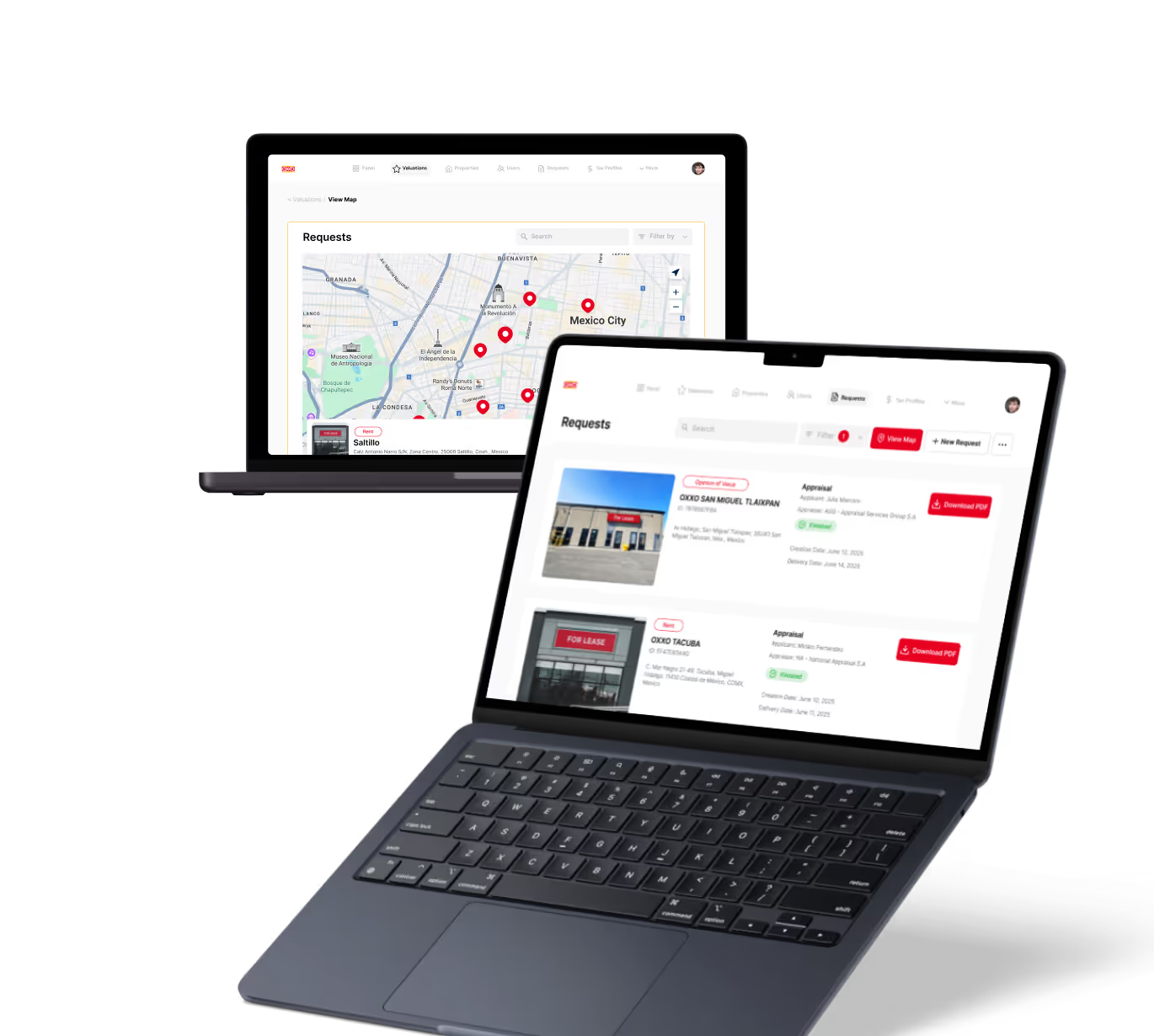User Persona in Startups
Founders/Startups
Learn how creating user personas helps startups understand customers and build better products effectively.
User Persona: A Key to Startup Success
When you start a new business, understanding your customers is crucial. A user persona is a simple way to represent your ideal customer. It helps you see who you are building your product for and what they need. This makes your decisions clearer and your product stronger.
In startups, where resources are limited, focusing on the right users saves time and money. You can avoid guessing and instead use real data to guide your choices. Let’s explore what user personas are, why they matter, and how you can create them effectively.
What Is a User Persona?
A user persona is a fictional character that represents a group of real users. It includes details like age, job, goals, challenges, and habits. This character helps you understand your customers better by giving them a face and story.
For example, a startup building a fitness app might create a persona named "Active Amy," a 28-year-old who loves running but struggles to find time for workouts. This persona guides the team to design features that fit Amy’s lifestyle.
- Demographics: Age, gender, location
- Behavior: Habits, preferences
- Goals: What they want to achieve
- Challenges: Problems they face
Why User Personas Matter in Startups
Startups often face uncertainty. User personas reduce this by focusing your efforts on real needs. They help you:
- Build relevant products: Design features your users want.
- Improve marketing: Craft messages that connect.
- Save resources: Avoid building unnecessary features.
- Align your team: Everyone understands who the customer is.
For instance, Glide, a no-code app builder, encourages startups to create user personas to tailor apps that solve specific problems. This approach leads to faster growth and happier users.
How to Create a User Persona for Your Startup
Creating a user persona is easier than you think. Follow these steps:
- Research your users: Use surveys, interviews, and analytics.
- Identify patterns: Look for common traits and behaviors.
- Build your persona: Give them a name, photo, and story.
- Define goals and challenges: What do they want? What stops them?
- Share with your team: Make sure everyone understands the persona.
Tools like Make or Zapier can automate data collection from your website or app, making research easier. Bubble users often create personas to guide app design and user experience.
Examples of User Personas in Startups
Here are two simple examples:
- Eco Emma: A 35-year-old who cares about the environment. She wants easy ways to reduce waste and prefers sustainable products.
- Busy Ben: A 40-year-old professional with little free time. He values quick, efficient solutions and dislikes complicated apps.
These personas help startups focus on features like eco-friendly packaging or fast checkout processes. FlutterFlow startups use personas to design apps that match these user needs perfectly.
Using User Personas to Improve Your Startup
Once you have personas, use them daily. Ask yourself how your decisions affect your personas. For example:
- Does this feature help Busy Ben save time?
- Is this marketing message clear to Eco Emma?
This mindset keeps your startup user-centered. It also helps when testing new ideas. You can check if your persona would like the change before building it.
Many startups use personas in their product roadmaps and marketing plans. This keeps the whole team focused and reduces wasted effort.
Conclusion: Make User Personas Your Startup’s Guide
User personas are powerful tools for startups. They turn guesswork into clear understanding. By knowing your users well, you build products they love and grow your business faster.
Start small, gather real data, and update your personas as you learn more. This simple step can make a big difference in your startup journey. Remember, your users are the heart of your success.
FAQs
What is a user persona in startups?
Why are user personas important for startups?
How do startups create effective user personas?
Can no-code tools help with user personas?
How often should startups update their user personas?
What are some examples of user personas for startups?
Related Terms
See our numbers
315+
entrepreneurs and businesses trust LowCode Agency
Investing in custom business software pays off
We were managing property valuations across multiple brands, and the complexity was overwhelming our traditional processes. Every day of delay in property evaluation meant potential lost revenue and competitive disadvantage.
15,000+
property valuations managed through centralized platform
40%
reduction in valuation processing time

J.Antonio Avalos
,
Product Manager Lead
OXXO



%20(Custom).avif)